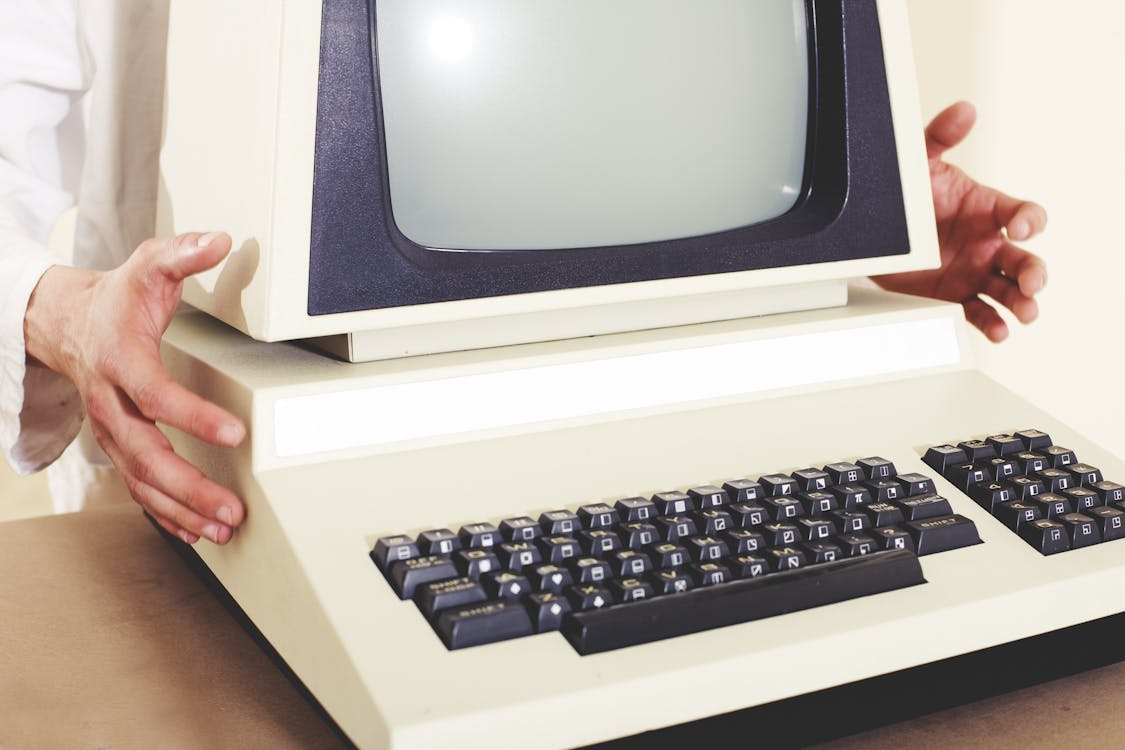what are computer generations?
Computer generations refer to the evolution of
computing technology and the significant changes that have taken place in
hardware, software, and programming languages over time. Each generation of
computers is characterized by major advancements in technology and a
significant improvement in computing power, speed, and capacity.
What is meant by computer generations?
Generation in computer terminology is a change
in technology a computer is/was being used. Initially, the generation term was
used to distinguish between varying hardware technologies. Nowadays, generation
includes both hardware and software, which together make up an entire computer
system.
how many generations of computers?
There are generally five generations of computers.
Overview of the evolution of computing
technology
The evolution of computing technology has been
characterized by a series of breakthroughs and advancements that have
dramatically changed the way we live and work. This evolution can be divided
into several distinct generations, each marked by significant improvements in
hardware, software, and programming languages.
The first generation of computing technology, which lasted from 1940 to 1956, was characterized by the use of vacuum tubes for circuitry and magnetic drums for memory. These early computers were large, expensive, and unreliable, and they were used mainly for scientific and military purposes.
The second generation of computing technology, which lasted from 1956 to 1963, saw the introduction of transistors, which replaced vacuum tubes and made computers smaller, faster, and more reliable. This generation also saw the development of magnetic core memory, which improved computer memory capacity.
The third generation of computing technology, which lasted from 1964 to 1971, was marked by the use of integrated circuits, which made computers even smaller and more reliable. This generation also saw the development of the first computer operating systems and interactive user interfaces, which made computers more accessible and user-friendly.
The fourth generation of computing technology, which lasted from 1971 to 1980, saw the development of personal computers, which were smaller and more affordable than previous generations. This generation also saw the introduction of improved graphical user interfaces, which made computers even more user-friendly.
The fifth generation of computing technology, which began in the 1980s and continues to the present day, has been marked by the development of artificial intelligence and expert systems, as well as improved networking capabilities that have led to the development of the Internet.
Each generation of computing technology has
brought significant improvements in computing power, speed, and storage
capacity, enabling new applications and capabilities and transforming the way
we live and work. The continued evolution of computing technology promises to
bring even more breakthroughs and innovations in the future.
the current generation of computers?
the current generation of computers would be
the 10th generation. This term is commonly used for desktop and
laptop personal computers. It refers to systems that use the latest generation
of processors and components, offering improved performance, power efficiency,
and advanced features.
In the context of computer processors, the
current generation of processors is likely based on the latest architecture
from major manufacturers such as Intel and AMD and offers higher performance,
better power efficiency, and advanced features such as integrated graphics,
support for faster memory, and improved security features.
It is important to note that technological
advancements are continuous and the definition of "current
generation" may change rapidly. It is always good to check the latest
information from reliable sources to get an accurate understanding of the
current state of the technology.








0 Comments